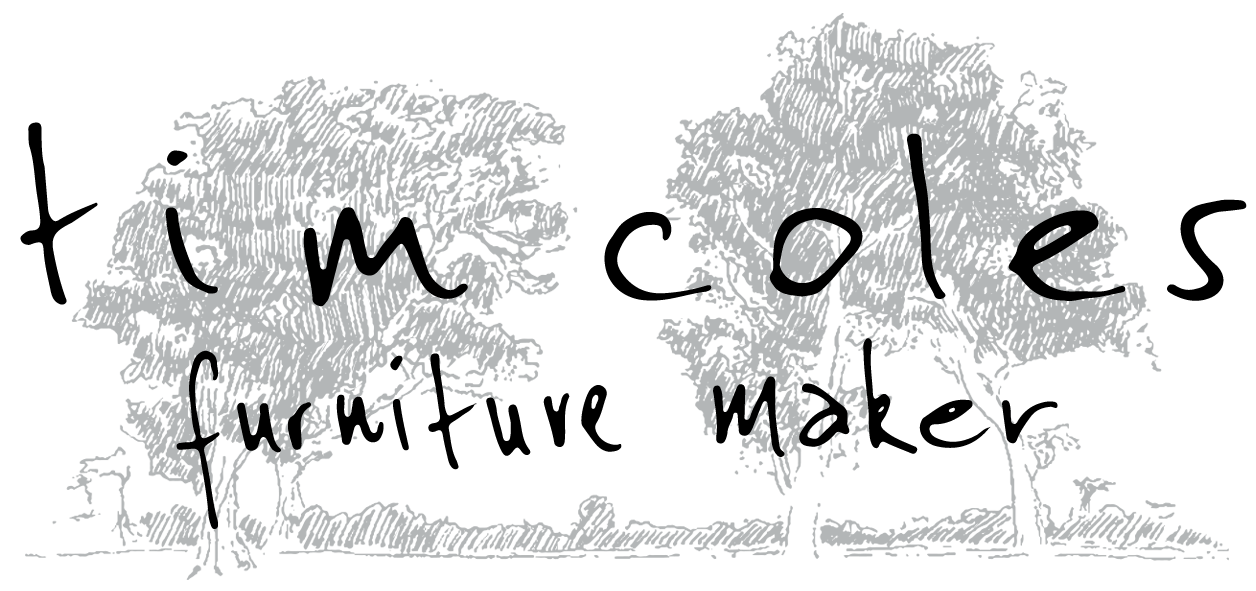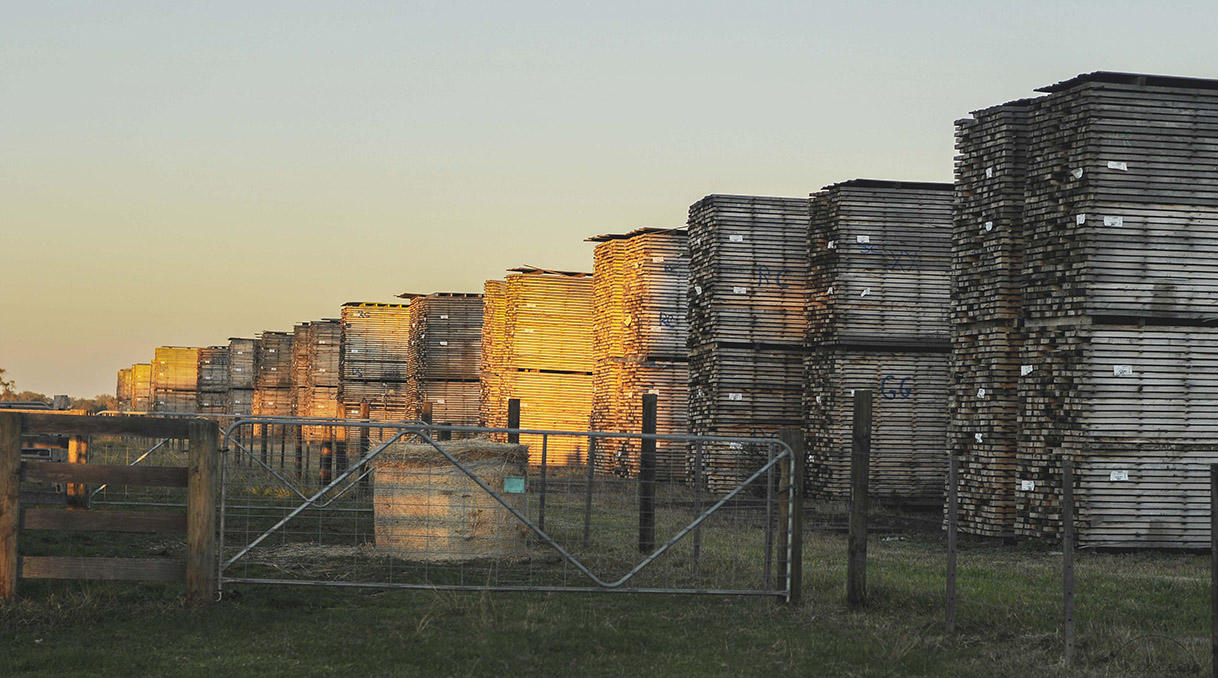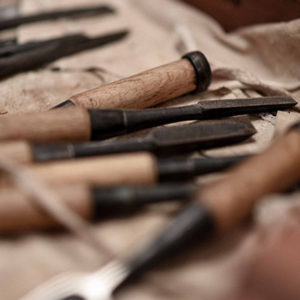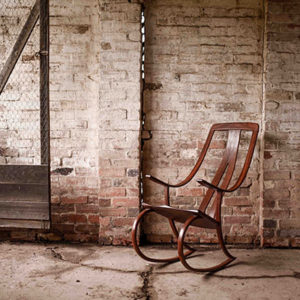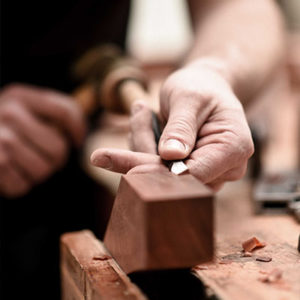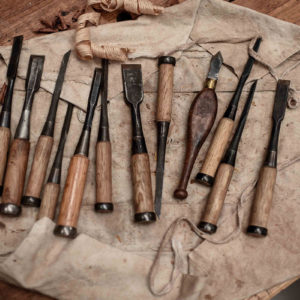Timber is nature’s own perfect building material. It is full of beauty,
inspiration, endless variation, bursting with character, carrying its own
history…and it doesn’t cost the earth.
The timber I use is either salvaged from a previous life and recycled to
a beautiful new use in my furniture, or grown in responsibly
managed plantations ensuring that the objects I make are kind to the world
around us.
